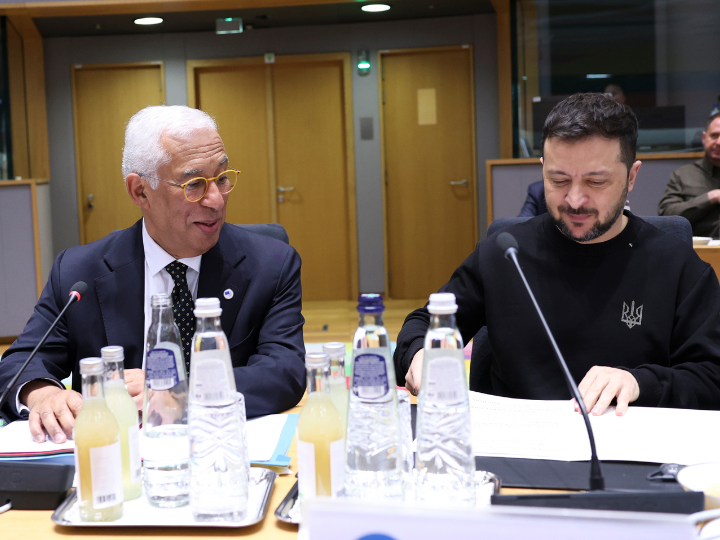by Kate Whiting*
Environment risk factors – from pollution and chemicals to a lack of clean water – cause almost a quarter of deaths globally, according to the World Health Organization (WHO).
Two-thirds of deaths attributed to environmental risk factors are from non-communicable diseases, such as heart disease, stroke and cancer.
Breathing in toxic air alone kills 7 million people a year in what WHO Director-General calls a “silent public health emergency”.
To save millions of lives, four United Nations agencies have compiled the first-of-its-kind Compendium of guidance on health and environment – synthesizing 400 documents into a ‘living’ repository of 500 actions and recommendations for policymakers and practitioners.
Coinciding with US President Joe Biden’s stark warning that climate change represents an “existential threat”, these actions could be more vital than ever, says a WHO expert.
“Events like record-breaking high temperatures in North America, massive flooding in Europe and China, and devastating wildfire seasons provide increasingly frequent, grim reminders that countries need to step up action to eliminate the health impacts of environmental risk factors,” says Dr Maria Neira, Director, Department of Environment, Climate Change and Health, WHO.
“Implementing the actions in the Compendium should be part of a healthy and green recovery from the COVID pandemic and beyond, and is essential to attaining the Sustainable Development Goals. The UN is uniting its health and environment expertise to support countries in this endeavour.”
What is the Compendium and why is it needed?
It essentially compiles guidance from the WHO, the UN Development Programme (UNDP), the UN Environment Programme and the UN Children’s Fund (UNICEF) into one place, where it can be regularly updated.
The 500 actions cover clean air, stable climate, adequate water, sanitation and hygiene, safe use of chemicals, protection from radiation, waste management, healthy and safe workplaces, healthy cities and built environments, sustainable diets, and preserved biodiversity and ecosystems.
Taking action to create healthier environments can reduce many communicable and noncommunicable diseases, and injuries, according to the UN bodies.
For example, environmental improvements across the globe could prevent:
-29% of deaths from ischaemic heart disease
-28% of stroke
-21% of cancers
-55% of respiratory infections
-61% of diarrhoeal diseases
-53% of chronic obstructive pulmonary disease (COPD)
-40% of road traffic injuries
-76% of unintentional poisonings.
Dangerous exposure to chemicals caused, for example, 1.6 million deaths worldwide in 2016.
Children most at risk
“Young children are especially vulnerable to environmental risks, which can affect their survival and lifelong health and well-being,” says Aboubacar Kampo, Director of Health Programmes at UNICEF.
“Healthy environments are a prerequisite for healthy children. Our assessment indicates that it can prevent a range of life-threatening diseases and quite significantly, up to a quarter of deaths among children under five years of age.
“Furthermore, healthy environments work as preventative health care and help reduce unnecessary medical costs for families, enabling them to invest in socio-economic progress.”
Low- and middle-income countries are most affected by disease and injury connected to environmental conditions, so it’s hoped the Compendium can also help to achieve health equity.
*Senior Writer, Formative Content
**first published in: www.weforum.org




 By: N. Peter Kramer
By: N. Peter Kramer
